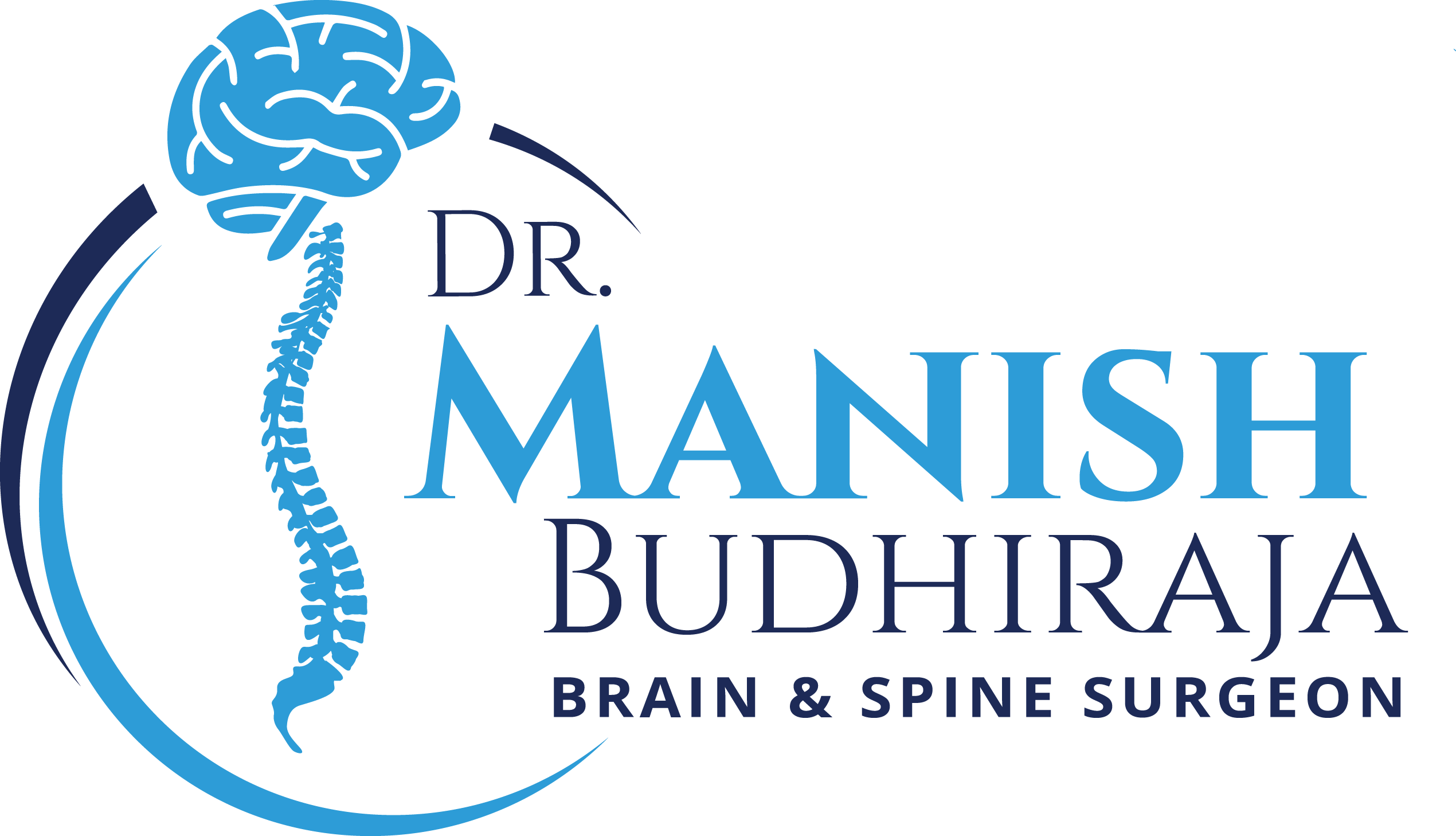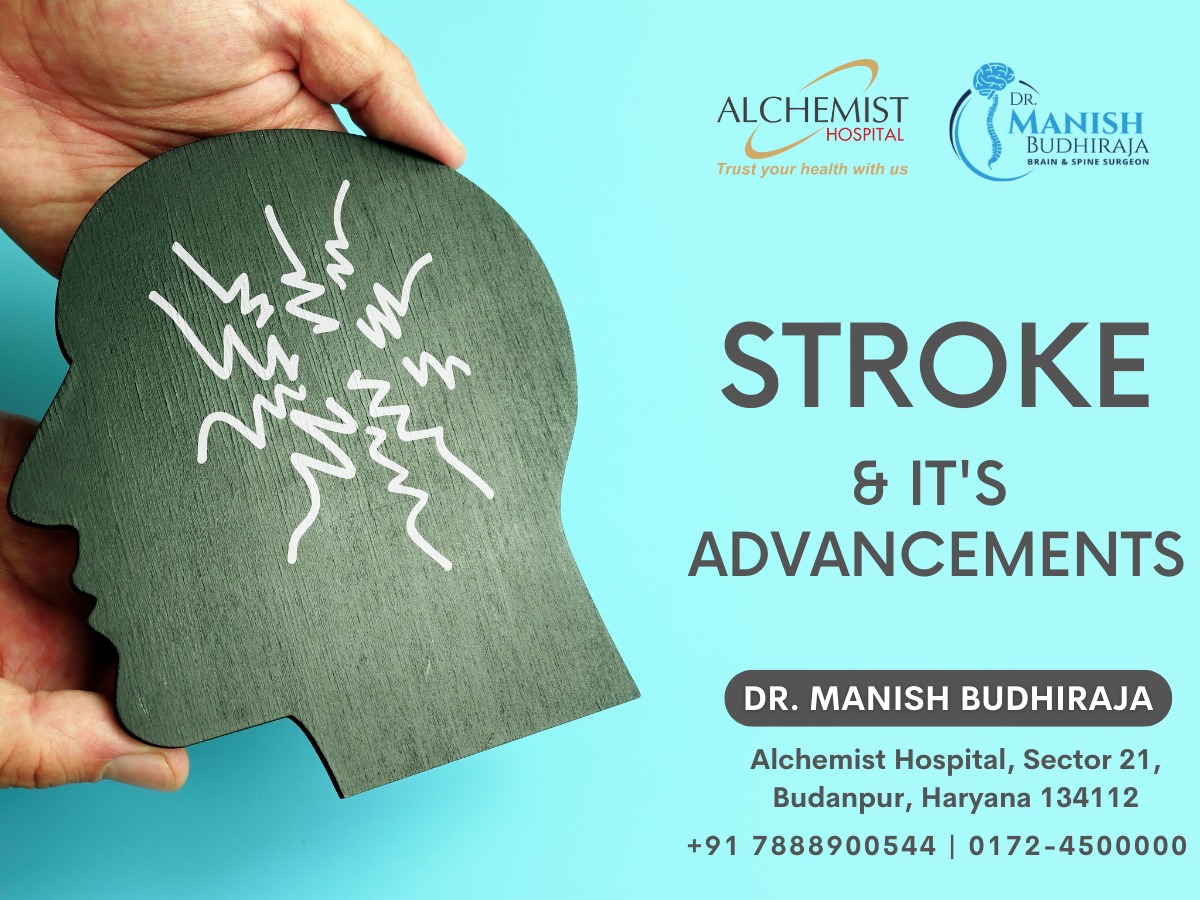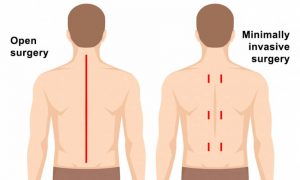Read What You Want
A stroke is a medical condition that asks for immediate attention. Brain damage and other complications can be avoided with early intervention. When the blood supply to a certain section of the brain is cut off or reduced, brain tissue needs oxygen and nutrients. Within minutes, brain cells begin to die. Brain cells and tissue deteriorate and die in minutes without oxygen.
Imaging evidence of an infarct and associated clinical findings are used to diagnose stroke. MRI is most sensitive to cerebral infarcts when using diffusion-weighted techniques to compare the extent of the ischemic core with the extent of perfusion abnormality. Diffusion-weighted imaging changes are visible in the hyperacute setting. Other modalities such as computed tomographic (CT), CT angiogram/perfusion, and diagnostic cerebral angiogram can be used in the acute setting to diagnose cerebral infarct.
What are the three types of Strokes?
1. Acute Ischemic Attack
This is a blood clot that usually dissolves on its own.
2. Stroke Caused by Ischemia
It is characterized by an artery blockage caused by a clot or plaque. Ischemic stroke symptoms and complications can last longer than TIA symptoms and may become permanent.
3. Stroke with Hemorrhage
A burst or leaking blood vessel seeps into the brain and causes it.

What are the symptoms of a stroke?
Stroke signs and symptoms include:
1. Face, arm, or leg numbness or paralysis
Numbness, weakness, or paralysis in your face, arm, or leg is possible. This usually only impacts one side of the body. Experiment with simultaneously raising both arms above your head. You can have a stroke if one of your arms begins to fall. When you try to smile, the one side of your mouth may droop.
2. Having trouble communicating and understanding what others are saying.
You may be perplexed, slur your words, or have difficulty understanding speech.
3. Headache
A stroke may indicate a sudden, severe headache, possibly accompanied by vomiting, dizziness, or altered consciousness.
4. Problems with one or both eyes' vision
You may notice blurred or blackened vision in one or both eyes and double vision.
5. It isn't easy to walk
You could trip and lose your balance. You might also feel dizzy or lose your coordination.
What are the recent advancements in Stroke Management?
There have been huge advances in stroke treatment and prevention over the last few years. Recent research has shown that modifying stroke risk factors appropriately can result in a substantial reduction in stroke incidence. Furthermore, several new risk factors are being identified, including elevated plasma homocysteine levels, antiphospholipid antibodies, and specific genetic factors. The use of intravenous tissue plasminogen activator (t-PA) for treating patients with ischemic stroke within 3 hours of symptom onset is the most significant advance in acute stroke therapy. The Federal Drug Administration currently approved T-PA as the only stroke treatment.
Final Thoughts
Despite advances in acute stroke management, many stroke patients have significant impairments. The prevalence of stroke-related disability is expected to rise globally over the next few decades, substantially impacting families, healthcare systems, and economies. Effective neuro-rehabilitation is critical in reducing disability following a stroke.






